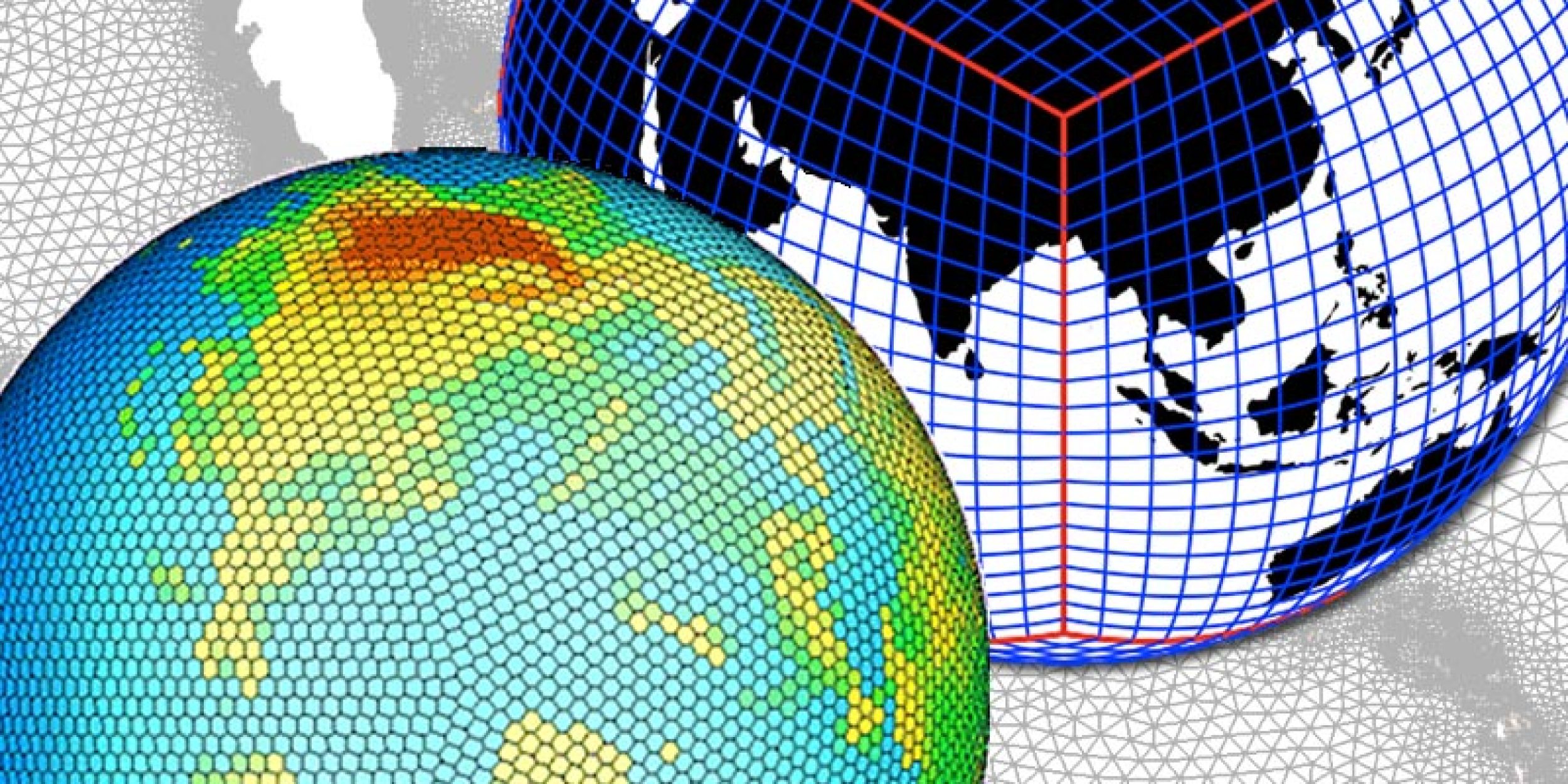NOAA’s Modeling, Analysis, Predictions, and Projections (MAPP) program competitively selected a new 3-year project involving $2.8 million in grants and $249,728 in other awards (for a total of $3 million) to help advance common software modeling and data infrastructure for NOAA’s global models for weather and climate prediction, ultimately resulting in more efficient model development and use of model data.


At NOAA, a specific challenge is the development of a coupled operational modeling system that can be configured for prediction over a range of temporal scales, spatial scales, and ensemble configurations. Over the past decade, NOAA has contributed to the development of the Earth System Grid Federation (ESGF) for model data sharing and the Earth System Modeling Framework (ESMF) in support of model development; projects which represent tangible progress toward the goals of shared infrastructure and interoperability.
The goal of this new MAPP project is to build on past work and continue to advance the vision of organizations that—using community standards—can share data and contribute high performance components to coupled, easily configurable modeling systems. The new project directly addresses the need for common modeling and data infrastructure, identified in multiple national reports and in the NOAA Next Generation Strategic Plan. Modeling activities will directly benefit NOAA’s seamless suite of forecast products, particularly the gap at lead times of two to four weeks; will provide a platform for more systematically addressing the issues of model biases; and will enable smoother, more efficient, and more rigorous transition to operations of research developments at partner institutions and in the broader research community. Improvements to data products will promote accessibility, understanding, and collaborative analysis of climate model outputs. Research will focus on the advancement of ESMF-based infrastructure support for modeling and data services; continued partnership with the NCAR Community Earth System Model (CESM) community; the development of the coupled NOAA Environmental Modeling System (NEMS) for a more capable, user-friendly Climate Forecast System (CFS); and advancing the Earth System CoG collaboration environment as the primary user interface to the ESGF distributed data archive to support CMIP6.
The new project to be funded by the MAPP Program starting 2015 is:
“Modeling and Data Infrastructure in Support of NOAA’s Global Models” PI: Cecelia DeLuca (University of Colorado), Co-PI: Jim Kinter (COLA/George Mason University), Co-PI V Balaji (NOAA/GFDL), Co-PI Robert Ferraro (NASA JPL), Co-PI Mariana Vertenstein (NCAR), Co-PI Mark Iredell (NOAA EMC), Co-PI Dean Williams (LLNL).
MAPP is a program in the Climate Program Office, within NOAA’s Office of Oceanic and Atmospheric Research, that supports research to advance climate modeling technologies to improve simulation and understanding of climate variability, and predictions and projections of the climate system. To learn more about MAPP’s funding opportunities, visit: http://cpo.noaa.gov/ClimatePrograms/ModelingAnalysisPredictionsandProjections/FundingOpportunitiesFundedProjects.aspx.
For a full list of CPO’s grants and awards for 2015, visit: http://cpo.noaa.gov/AboutCPO/AllNews/TabId/315/artmid/668/articleid/363879/CPO-Announces-FY15-Awards.aspx
NOAA’s Climate Program Office helps improve understanding of climate variability and change in order to enhance society’s ability to plan and respond. NOAA provides science, data, and information that Americans want and need to understand how climate conditions are changing. Without NOAA’s long-term climate observing, monitoring, research, and modeling capabilities we couldn’t quantify where and how climate conditions have changed, nor could we predict where and how they’re likely to change.



